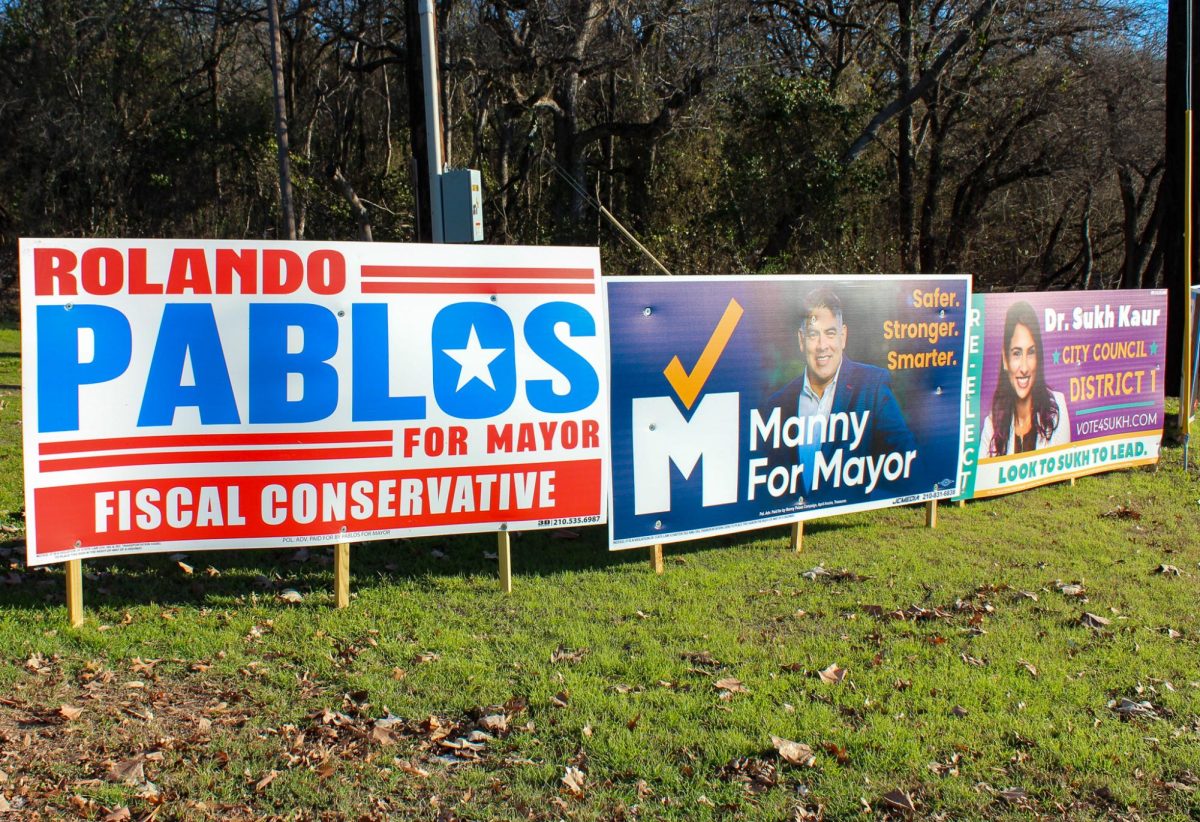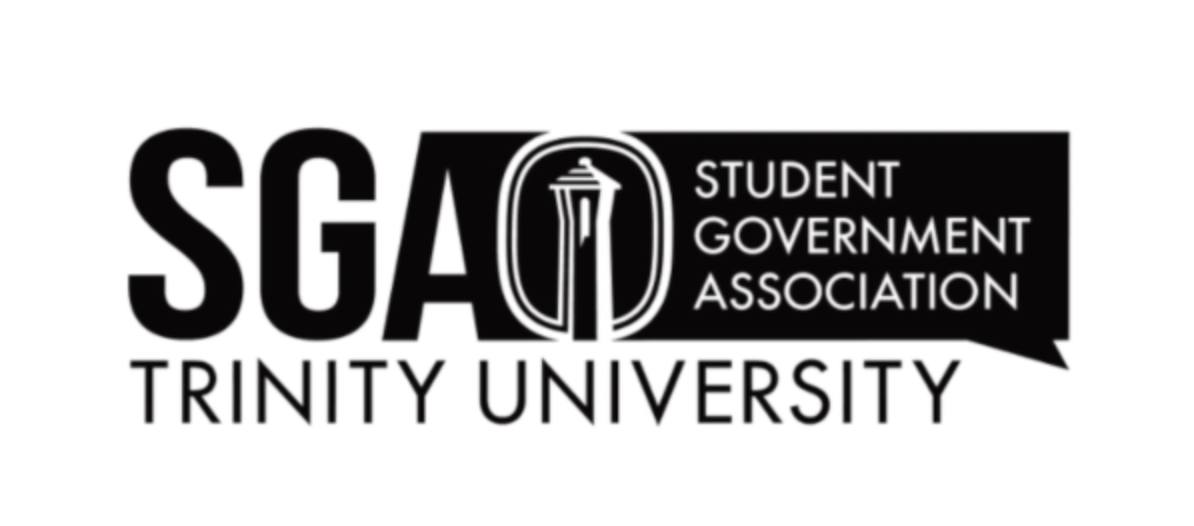Trinity Diversity Connection (TDC) and the Black Student Union (BSU) held a cultural speed dating event that welcomed anyone curious about cultures to listen to the stories of minorities on campus. Participants had roughly a minute a half to listen to each dater’s story, and then were able to ask questions before advancing.
Inspired by the Race Card Project, this event allowed 29 daters to tell their stories about being a minority. Many of the stories revolved around religion, sexuality, ethnicity, race or a combination of those qualities.
“I think TDC does a great job of trying to communicate the small diversity that we have. It’s interesting, and this is in no way shade towards Trinity, but we stress the factor that we are diverse, and we aren’t that diverse, but the small organizations we have are trying to bring awareness about what it’s like to be X, Y and Z,” said Oumoul Setamou, one of the daters that told her story at the event.
Setamou’s father is from Benin, a country in West Africa near Nigeria, and her mother, who was born in Ethiopia, migrated to Benin with her family. Setamou was born there and moved to the United States when she was four and a half.
“Growing up was really interesting because I had my own African identity at home because my parents upheld that, but I grew up in a town that was predominately Hispanic, so dealing with racism was interesting. It wasn’t until I went to high school that I realized there were different communities among the black community,” Setamou said.
At the event, Setamou expressed the frustration she dealt with from being grouped with all black Americans because she is black, despite the differences in the cultures that exist.
“My parents always made the distinction that we are immigrants, that we were not from this country. We’re African; we’re not black American. We have our own culture,” Setamou said.
Setamou expressed that, although she was raised with the understanding that her culture is distinct from other cultures, many people ignored that because of her skin color. She explained that often people wouldn’t realize that she is African until they heard her name. Setamou rejects the idea of being black American because she understands the culture behind it, as she hopes people will do with hers.
“It’s disrespectful to call myself African-American because there are a lot of social attributes to what it means to be an African-American, and that’s not who I am. I’m not black American; I’m African, I consider myself black; I am black, but I’m also African,” Setamou said.
Other students had similar experiences with the rejection of their culture for a more convenient one. Ariel Del Vecchio is Guaranà, an indigenous tribe of Paraguay.
“I’m Guaranà; you can’t tell, but I am. I’m here to represent what it’s like to be a modern indigenous person, and what it means to be a modern indigenous Latina in the United States,” Del Vecchio said.
Del Vecchio focused her story on her struggle with maintaining her indigenous identity, despite the pressure to conform to North American culture.
“I was raised by my grandmother, who is a proud Guaranà woman who brought me up with the culture, the food and the language. It was hard growing up when I had to really shed a lot of that identity; growing up with a lot of white people was like an exercise in pretending that a part of me doesn’t exist,” Del Vecchio said.
Del Vecchio explained how, when she was younger, she was often told that she was speaking Spanish incorrectly, when really she was speaking an entirely different language, Jopara, a mix of Guaranà and Spanish.
“It’s not really the fault of the community, but there just isn’t really any Amerindian communities on campus or anywhere that I’ve ever been that I can really relate to, so constructing my identity as an indigenous person has been sort of like an extended metaphor of decolonization of my own self,” Del Vecchio said.
Erika Salarda is Asian-American. She explained how she came to accept the way she looks after realizing that beauty standards differ radically all over the world.
“I grew up in a predominately Hispanic community, and it was comforting being in a crowd where I didn’t stand out. Fast forward to my freshman year of highschool, I had to move to Connecticut,” Salarda said.
She described a time when she was hanging out with friends, and they mentioned that they needed to go to a tanning salon. Salarda asked if they thought she should go, too.
“They said, “˜Erika, no. You have beautiful mocha skin,’ and I thought, “˜I do have beautiful mocha skin.’ It set the American standard of beauty,” Salarda said.
Then, she went to the Philippines to meet a few of her family members for the first time. Salarda emphasized their appreciation and focus on fashion and beauty.
“One of the first things they tell me is, “˜Erika, you’re a lot lighter in your pictures,’ and asked me if I wanted to take pills to lighten my skin,” Salarda said.
After rejecting the supplements, Salarda began to realize the difference in the cultures’ standards of beauty.
“There’s an eastern side that promotes being lighter, and a western side that promotes being darker, so being Asian-American, it’s like, which side should I choose? In reality, you shouldn’t follow the beauty standards at all because we all have differences that make us stand out, and it’s those differences we should celebrate; that’s what makes us beautiful,” Salarda said.
Another student, Connor Halbert, discussed his experience with being transgender. He decided to tell this part of his story because he wanted to make sure it was represented in the discussion about diversity.
Halbert came out to his parents when he was 14 and began socially transitioning throughout high school. Once he turned 18, he began medically transitioning.
“Being trans in general is not easy. One of the things that has been affecting me most lately is definitely the lack of medical care available for trans people. In Texas, doctors can refuse to treat you if you’re trans, for any reason. I’ve heard of people who went to the emergency room with a broken arm, and they were denied treatment because they are trans,” Halbert said.
He also noted that his experience with being transgender may have been entirely different if he came out earlier or if he was from another part of Texas.
“My parents are very accepting. Most of my family has been great. I have encountered some people who are more difficult, but that’s kind of inevitable, unless you’re extremely lucky, and you live in an area like San Francisco or something. But I’m a small kid from Texas, so it was a bit more difficult. Had I been born in a smaller town, I think I would’ve turned out a lot different,” Halbert said.
Keesha Middlemass, an assistant professor in the political science department, explained her background as a black Canadian, and how often people suggest she is not truly Canadian or black because she is both.
“My comeback is that no one has ever confused me for being white. I identify this way, and this is who I am,” Middlemass said.
Middlemass also discussed the distinctions between the way Canada and the United States deal with race.
“Canada probably has more subtle racism, so it’s not as overt. More importantly, Canada doesn’t have the hangover of slavery. The whole idea is that when you look at races differently from the start and the founding of the country, that then gets ingrained into the policies and politics,” Middlemass said.
Many other cultures were represented at the speed dating event, and although participants weren’t able to meet with every date, lists of names and emails were handed out to extend the conversation beyond the Fiesta Room.






